Text and Photos by Henrylito D. Tacio
Blood pressure varies naturally over a person’s life. “Infants and children normally have much lower blood pressure than adults,” notes The Merck Manual of Medical Information. Among adults, blood pressure increases with age.
Activity temporarily affects blood pressure, which is higher when a person is active and lower when a person is resting. Blood pressure also varies with the time of day: It is said to be highest in the morning and lowest at night during sleep. These variations are normal.
“When blood pressure is checked, two values are recorded,” the Merck manual informs. “The higher value reflects the highest pressure in the arteries, which is reached when the heart contracts (during systole). The lower value reflects the lowest pressure in the arteries, which is reached just before the heart begins to contract again (during diastole). Blood pressure is written as systolic pressure/diastolic pressure – for example, 120/80 mm Hg (millimeters of mercury). This reading is referred to as ‘120 over 80.’”
A person is said to be hypertensive if he or she has persistent elevations of blood pressure: a systolic blood pressure greater than 140 mm Hg (millimeters mercury) or diastolic blood pressure of more than 90 mm Hg.
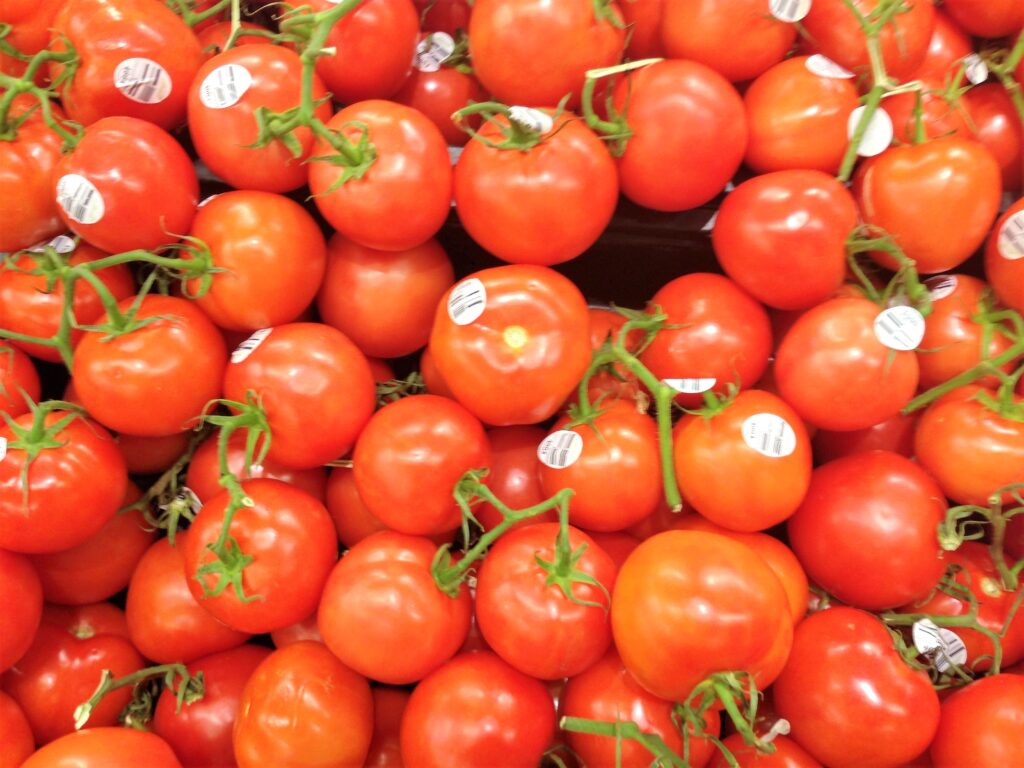
An individual has mild hypertension if the systolic blood pressure is between 140 to 159 mm Hg or the diastolic blood pressure is between 90 to 99 mm Hg. When the systolic blood pressure is higher than 160 mm Hg or diastolic blood pressure is greater than 100 mm Hg, a person is said to have moderate to severe hypertension.
Hypertension is called the “silent killer” for its lack of symptoms and can go undiagnosed for years. In the Philippines, most of those with hypertension don’t even realize they have high blood pressure.
Filipinos writhing from high blood pressure – or hypertension, in medical parlance – are increasing in number, and most of them are walking time bombs, which can explode anytime with serious complications.
In a report published in Medical Tribune, the Council on Hypertension (COH) of the Philippines revealed that the prevalence of hypertension in the country is steadily increasing: from 11% in 1992 to 25% in 2008. By 2012, the prevalence has risen to 28%.
“Practically nine out of 10 hypertensive patients have uncontrolled blood pressure which make them good candidates to develop heart attacks and strokes, or literally drop dead before they could realize what was wrong with them,” said Dr. Esperanza Cabral, who used to head the Philippine Society of Hypertension.
Unfortunately, Filipinos with hypertension are not aware of their condition until they begin to suffer illnesses associated with hypertension complications. “Hypertension per se does not kill, but the complications are the ones that disable and kill a hypertensive,” said Dr. Rafael Castillo, a cardiologist at the Manila Doctors’ Hospital.
What you put into your mouth greatly influences your blood pressure. Salt-laden foods, for instance, can significantly raise blood pressure. Examples include dried fish, soy sauce, bagoong, and patis.
The caffeine in coffee, tea, cola, and energy drinks can cause short-term blood pressure spikes. Consuming moderate amounts of red wine may have some health benefits, but larger amounts of alcohol have been found to cause dramatic increases in blood pressure.
Here are some of the foods – not necessarily in order of their importance – that you need to eat to lower your chance of raising your blood pressure:
Garlic: A natural antibiotic whose main active ingredient, allicin, is responsible for associated health benefits. According to Medical News Today, “garlic increases the body’s production of nitric acid, which helps the smooth muscles to relax and the blood vessels to dilate.” These changes can reduce hypertension.
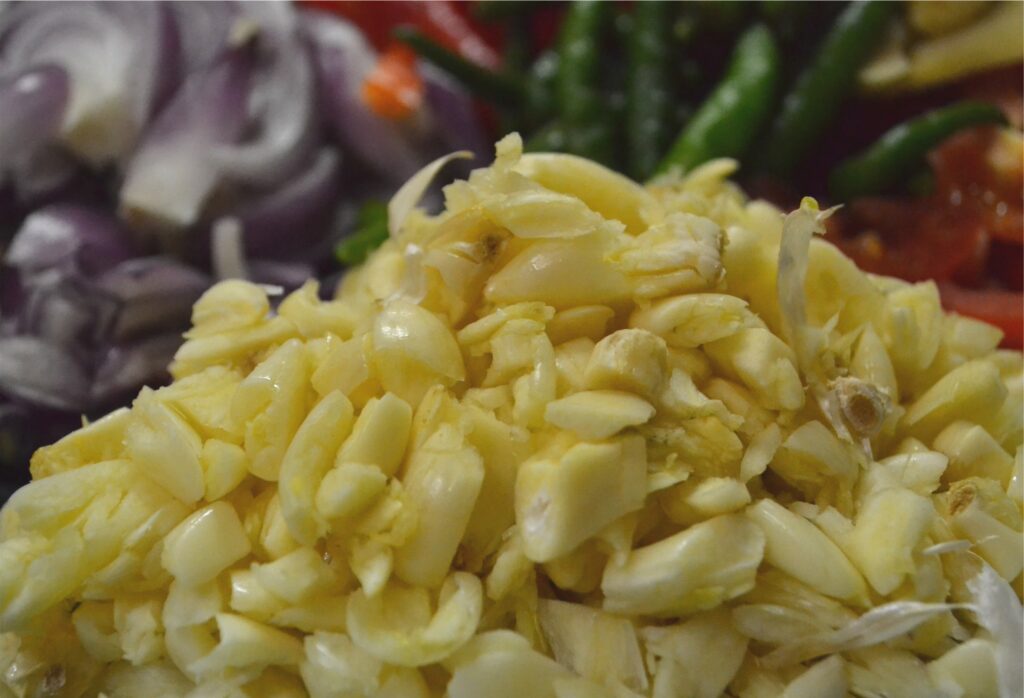
One study reported that garlic extract was able to reduce both systolic and diastolic pressure in hypertensive people.
Leafy green vegetables: The following are examples: malunggay, pechay, cabbage, lettuce, spinach, and kangkong. All these are rich in nitrates, which help to manage blood pressure. Some studies showed that eating 1-2 servings of nitrate-rich vegetables every day can reduce hypertension for up to 24 hours.
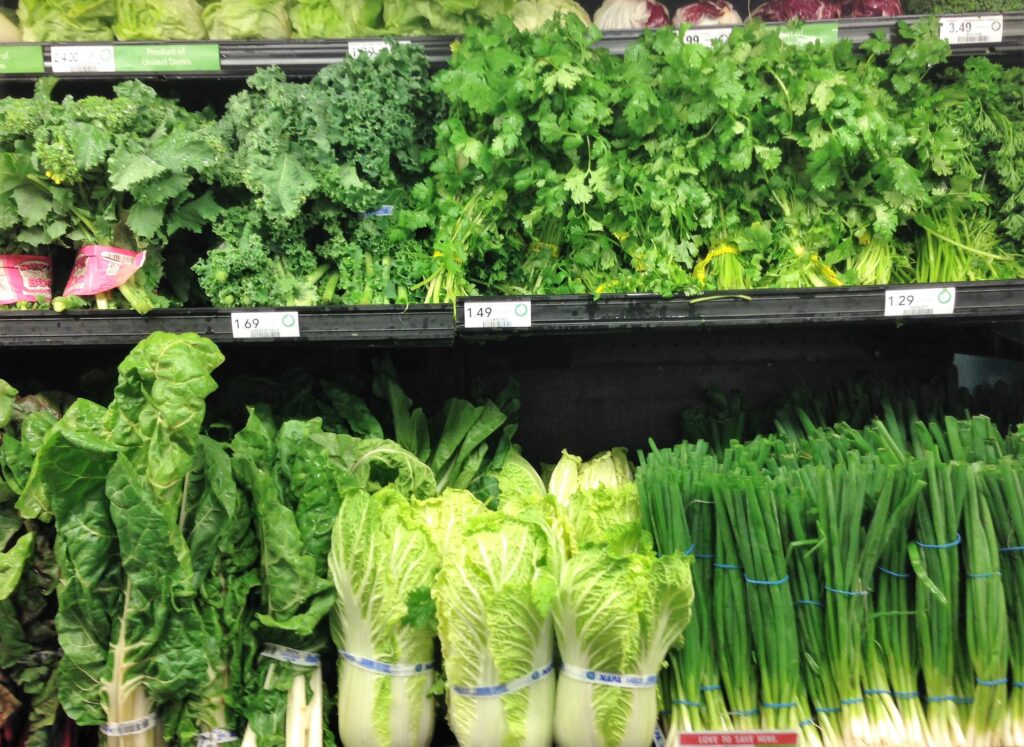
Dark chocolate: In most studies, dark chocolate tops the list of those that lower blood pressure. Prevention.com said that the antioxidants called flavanols found in this bittersweet food make blood vessels more elastic.
So, it’s not surprising at all when a Harvard study found that eating a small square of dark chocolate every day can help lower blood pressure for people with hypertension. Dark chocolates are those that contain at least 60% to 70% cocoa.
Banana: This is the best option when it comes to fruits. Bananas are cheap and they are available any time of the year. As it has high potassium content, banana helps manage high blood pressure because it can minimize the impact of sodium.
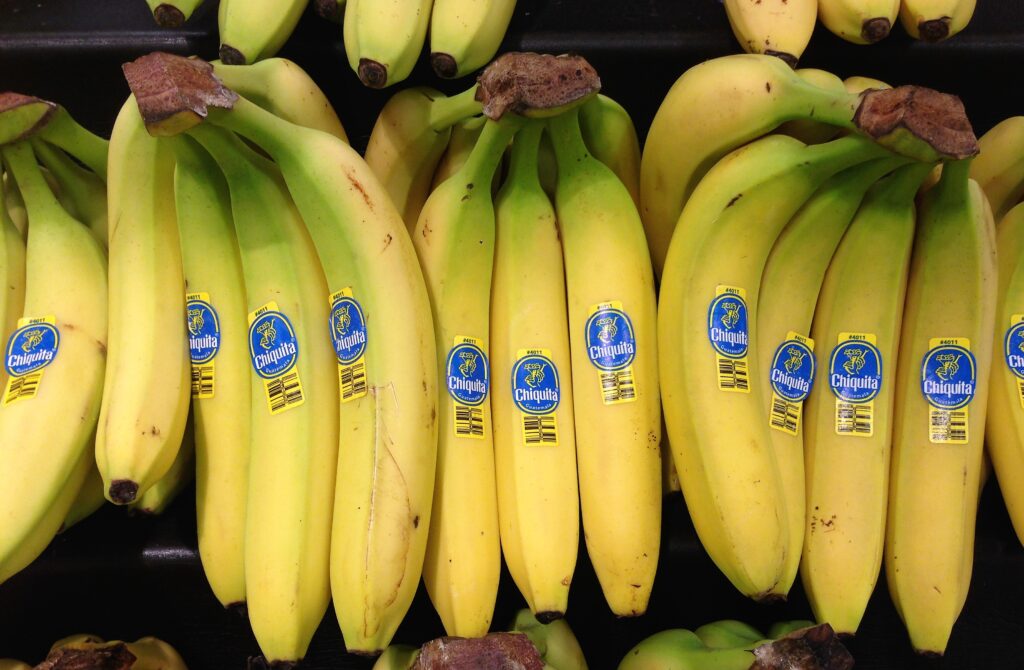
According to American Heart Association, one medium banana has about 420 milligrams of potassium, which is a significant amount for a relatively small amount of food. Besides bananas, other potassium-rich foods include avocado, mushrooms, sweet potatoes, tomatoes, and beans.
Watermelon: This is another fruit that can lower blood pressure. The reason: it contains the amino acid citrulline. In one study on obese adults with hypertension, it was found that those who ate watermelon extract had their systolic and diastolic blood pressure significantly reduced.
Fish: We need protein, but if you have hypertension, you don’t want to get it from meat like pork, beef, and chicken, loaded with fats—one good option: fish. Aside from containing less saturated fat, some fish contain omega-3 fatty acids, which may reduce the risk of cardiovascular diseases.
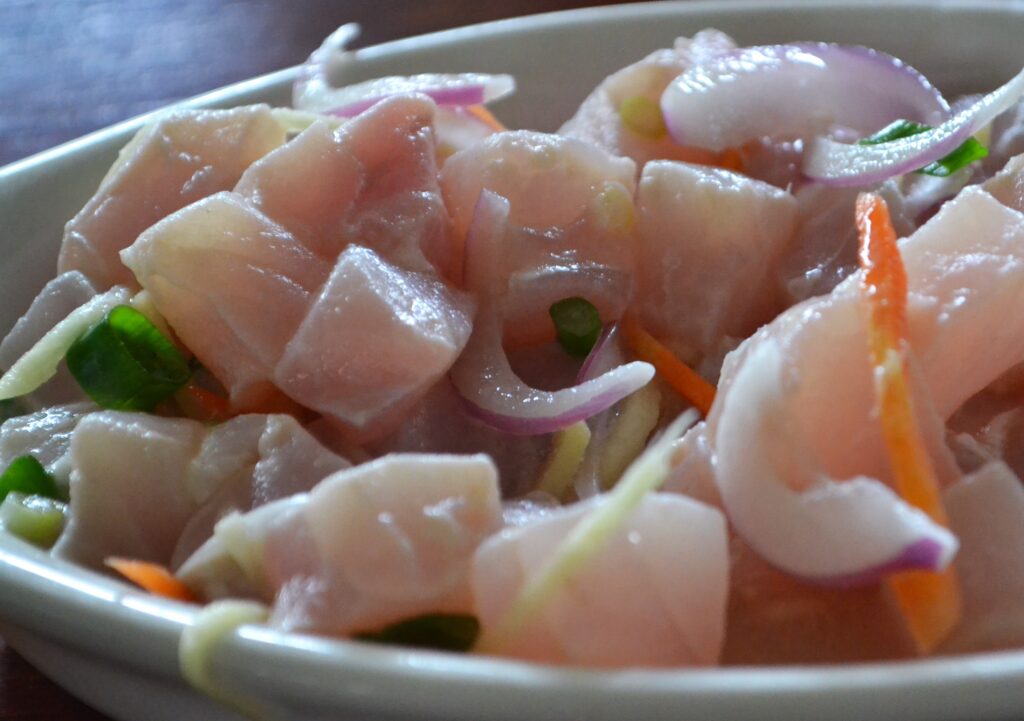
The American Heart Association recommends eating fatty fish at least twice per week. Highly recommended are tuna, salmon, and halibut.
Eggs: No, it’s not recommended to eat eggs daily but a few times a week. A study published in The American Journal of Clinical Nutrition showed that people who ate one to three eggs per week had an 11%-12% lower risk for developing high blood pressure than those who ate eggs less often.
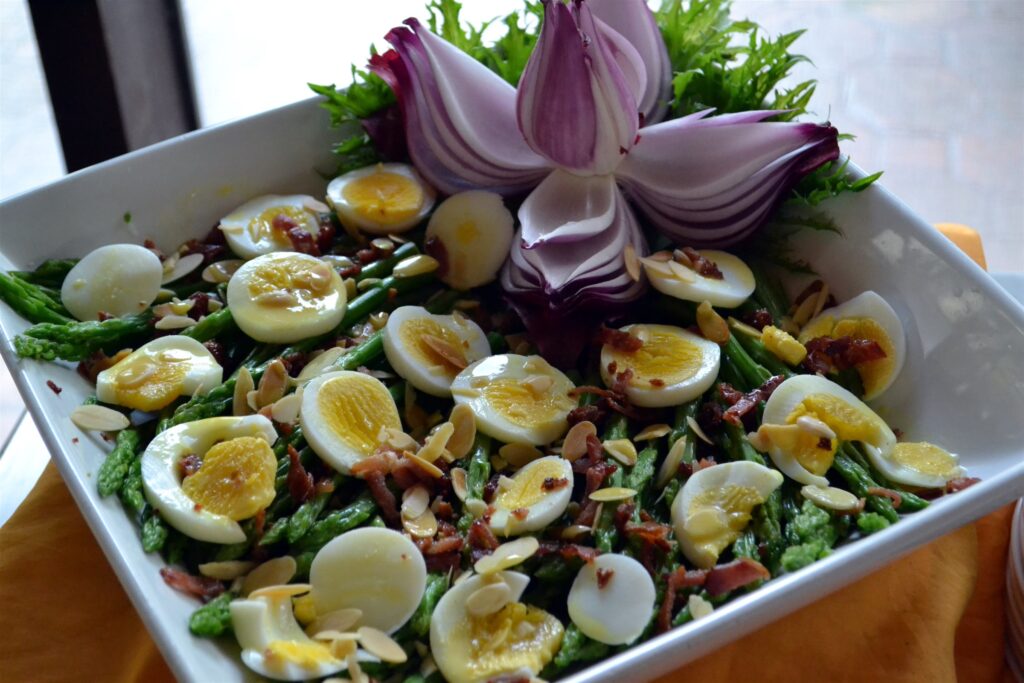
“The protein content in eggs, which have 6.3 grams per large egg, may be partly responsible for their potential beneficial effects on blood pressure levels,” livestrong.com reports.
Milk: Eggs and skim milk – it’s a good combination, especially for breakfast. Reader’s Digest shares this bit of information: “A cold glass of milk offers a solid serving of both calcium and vitamin D, nutrients that work as a team to help lower blood pressure by 3%-10%.” It adds that people with low levels of calcium are at greater risk of high blood pressure.

